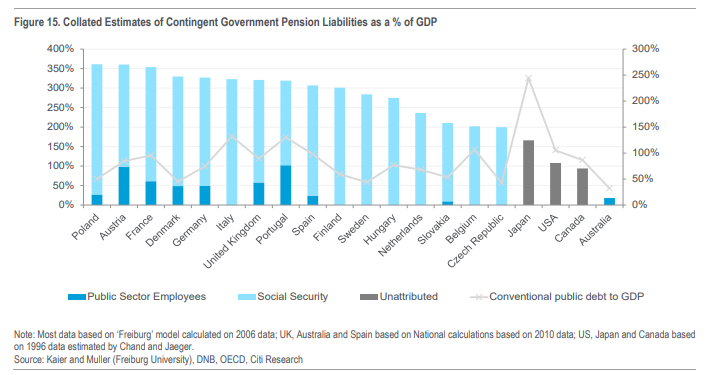This is a very good survey of the diciest corners of the international credit markets, the ones most likely to start the global credit crisis that nobody will see coming. From Jonathan Rochford at narrowroadcapital.com:
When considering where the global credit cycle is at, it’s often easy to form a view based on a handful of recent articles, statistics and anecdotes. The most memorable of these tend to be either very positive or negative otherwise they wouldn’t be published or would be quickly forgotten. A better way to assess where the global credit cycle is at is to look for pockets of dodgy debt. If these pockets are few, credit is early in the cycle with good returns likely to lie ahead. If these pockets are numerous, that’s a clear indication that credit is late cycle. This article is a run through of sectors where I’m seeing lax credit standards and increasing risk levels, where the proverbial frog is well on the way to being boiled alive.
Global High Yield Debt
Last month I detailed how the US high yield debt market is larger and riskier than it was before the financial crisis. The same problematic characteristics, increasing leverage ratios and a high proportion of covenant lite debt, also apply to European and Asian high yield debt. Even in Australia, where lenders typically hold the whip hand over borrowers, covenants are slipping in leveraged loans. The nascent Australian high yield bond market includes quite a few turnaround stories where starting interest coverage ratios are close to or below 1.00.
Defined Benefit Plans and Entitlement Claims
For many governments, deficits in defined benefit plans and entitlement claims exceed their explicit debt obligations. The chart below from the seminal Citi GPS report uses somewhat dated statistics, but makes it easy to see that the liabilities accrued for promises to citizens outweigh the explicit debt across almost all of Europe.

In the US, S&P 500 companies are close to $400 billion underfunded on their pension plans. This doesn’t seem enormous compared to their annual earnings of just under $1 trillion, but the deficits aren’t evenly spread with older companies such as GE, Lockheed Martin, Boeing and GM carrying disproportionate burdens.
Latest forecasts have US Medicare on track to be insolvent in 2026. At the State government level Illinois ($236 billon) and New Jersey ($232 billion) both have enormous liabilities, mostly pension and healthcare obligations. If you want to understand how pension and entitlement liabilities have grown so large, my 2017 article on the Dallas Police and Fire Pension fiasco and John Mauldin’s recent article “the Pension Train has no Seatbelts” are both worth your time.
To continue reading: The Dirty Dozen Sectors of Global Debt
